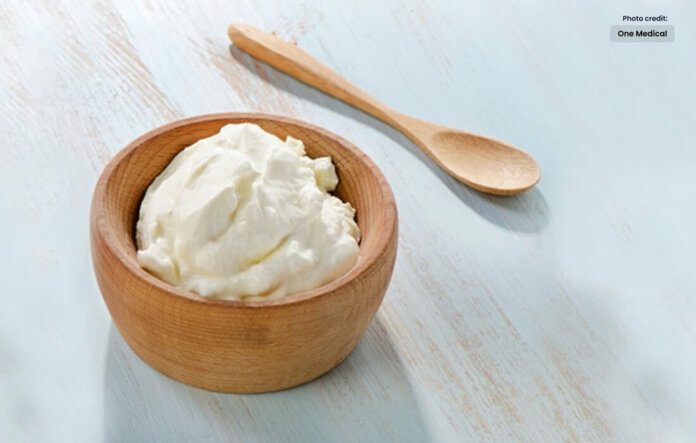Yeast infection discomfort can eased with right treatment for relief.
Introduction
Yeast infections are a common and uncomfortable condition that affects many individuals, particularly women. Caused by an overgrowth of the Candida fungus, yeast infections can lead to symptoms like itching, burning, and vaginal discharge. Although these infections can be bothersome, the good news is that there are several effective treatments available. In this blog post, we will explore various strategies for yeast infection treatment, helping you find relief and regain your comfort.
Over-the-Counter Antifungal Medications:
One of the most common and convenient ways to treat yeast infections is through over-the-counter (OTC) antifungal medications. These products typically come in the form of creams, ointments, suppositories, or tablets. The active ingredients, such as miconazole or clotrimazole, work by targeting the Candida fungus and reducing its growth. It is important to follow the instructions provided with the medication and complete the full course of treatment for effective results.
Prescription Medications:
If OTC treatments do not provide sufficient relief or if you experience recurrent yeast infections, it may be necessary to consult a healthcare professional. They can prescribe stronger antifungal medications, such as fluconazole, which is available in both oral and topical forms. Prescription medications are particularly useful for severe or persistent yeast infections that require a more targeted approach.
Natural Remedies:
Many individuals prefer to explore natural remedies for yeast infection treatment, either as a standalone approach or in combination with conventional methods. Some natural remedies with potential antifungal properties include:
a. Tea Tree Oil:
This essential oil has natural antifungal properties. Dilute a few drops in a carrier oil, like coconut oil, and apply it topically to the affected area.
b. Garlic:
Known for its antimicrobial properties, garlic can be used as a home remedy for yeast infections. Inserting a peeled garlic clove into the vagina overnight may help alleviate symptoms.
c. Yogurt:
Probiotic-rich yogurt contains lactobacillus bacteria, which can help restore the natural balance of bacteria in the vagina. Applying plain, unsweetened yogurt topically or consuming it orally may offer relief.
Lifestyle Adjustments:
Certain lifestyle adjustments can complement other treatment methods and prevent the recurrence of yeast infections. Consider the following:
a. Personal Hygiene:
Avoid using harsh soaps, douches, or scented feminine products, as they can disrupt the vaginal flora. Opt for mild, fragrance-free alternatives and practice gentle cleansing techniques.
b. Clothing Choices:
Wear breathable, cotton underwear and avoid tight-fitting pants or synthetic fabrics that trap moisture. This allows for better air circulation and helps keep the vaginal area dry.
c. Diet and Nutrition:
Reducing your intake of sugary foods and refined carbohydrates may help control the growth of yeast. Incorporate more probiotic-rich foods, such as yogurt, sauerkraut, or kefir, into your diet to promote a healthy balance of bacteria.
Conclusion:
Whether you opt for over-the-counter medications, prescription drugs, natural remedies, or a combination of these strategies, it’s important to consult with a healthcare professional for an accurate diagnosis and tailored treatment plan. Additionally, adopting good hygiene practices and making lifestyle adjustments can aid in preventing future occurrences. By arming yourself with knowledge and taking proactive steps, you can effectively manage yeast infections and restore your comfort and well-being.
Find out more about https://rockedgeurdu.com/




